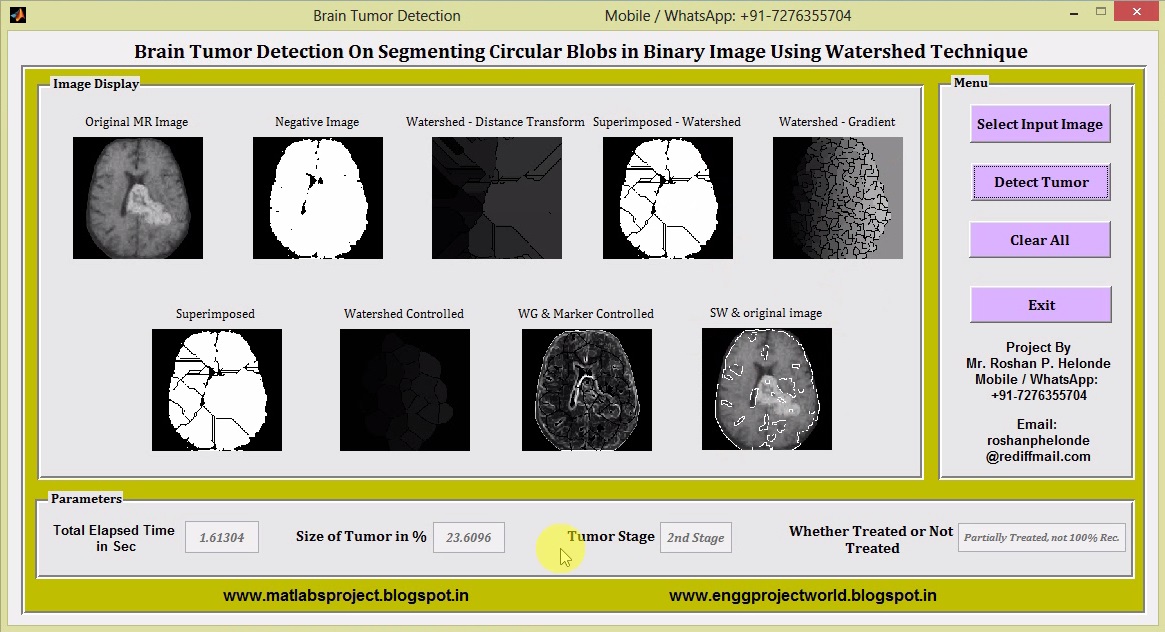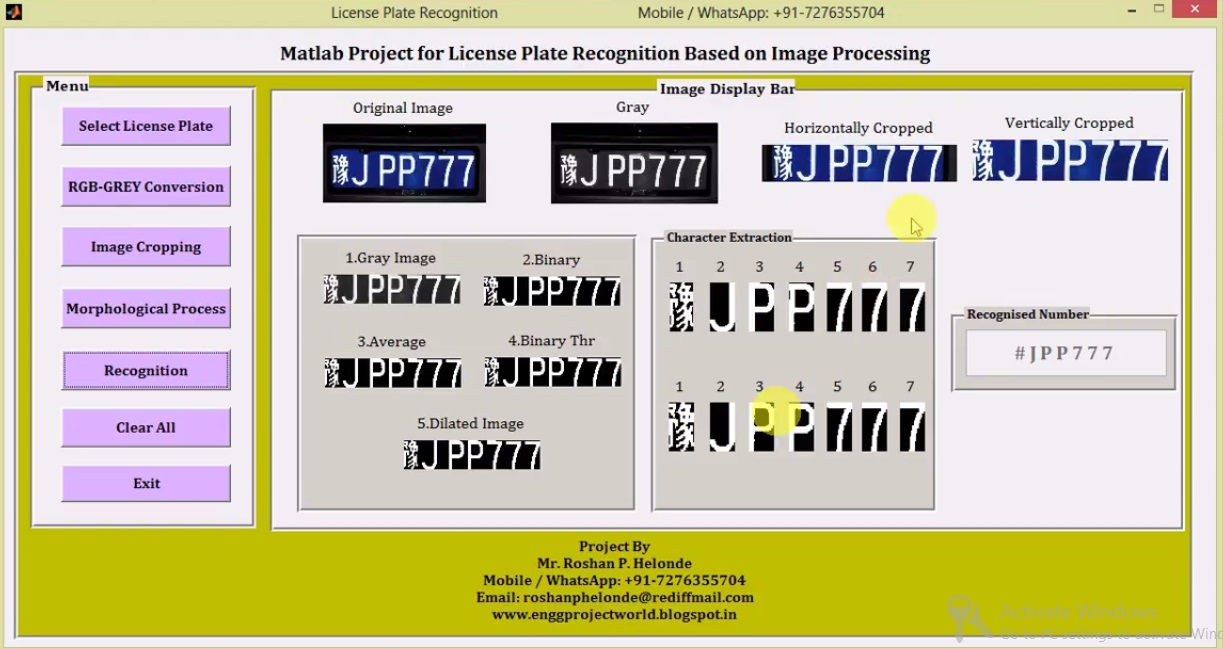ABSTRACT
PROJECT OUTPUT
PROJECT VIDEO
Diabetes is a group of metabolic disease in which a person has high blood sugar. Diabetic Retinopathy (DR) is caused by the abnormalities in the retina due to insufficient insulin in the body. It can lead to sudden vision loss due to delayed detection of retinopathy. So that Diabetic patients require regular medical checkup for effective timing of sight saving treatment. This is continuous and stimulating research area for automated analysis of Diabetic Retinopathy in Diabetic patients. A completely automated screening system for the detection of Diabetic Retinopathy can effectively reduces the burden of the specialist and saves cost as well as time. Due to noise and other disturbances that occur during image acquisition Diabetic Retinopathy may lead to false detection and this is overcome by various image processing techniques. Further the different features are extracted which serves as the guideline to identify and grade the severity of the disease. Based on the extracted features classification of the retinal image as normal or abnormal is carried out. In this paper, we have presented detail study of various screening methods for Diabetic Retinopathy. Many researchers have made number of attempts to improve accuracy, productivity, sensitivity and specificity.
PROJECT OUTPUT
PROJECT VIDEO
Contact:
Mr. Roshan P. Helonde
Mobile: +91-7276355704
WhatsApp: +91-7276355704
Email: roshanphelonde@rediffmail.com





































